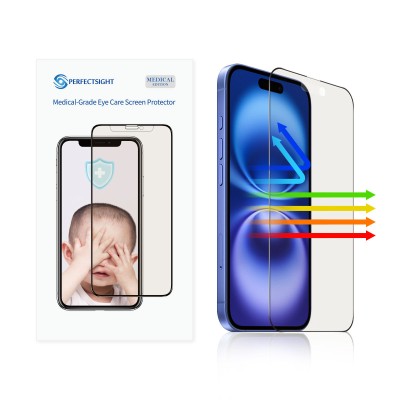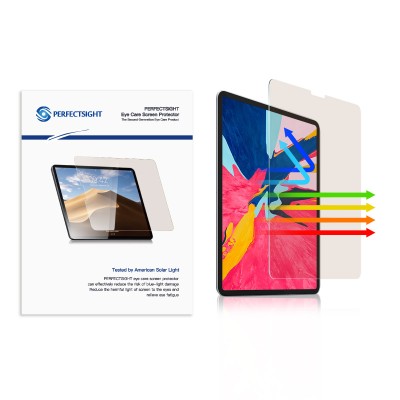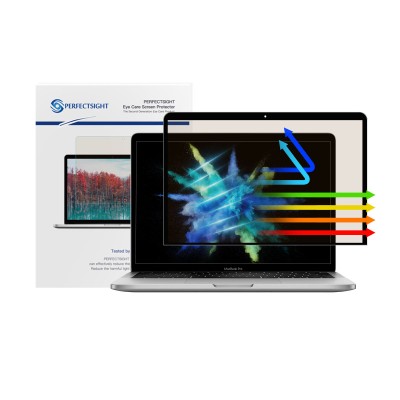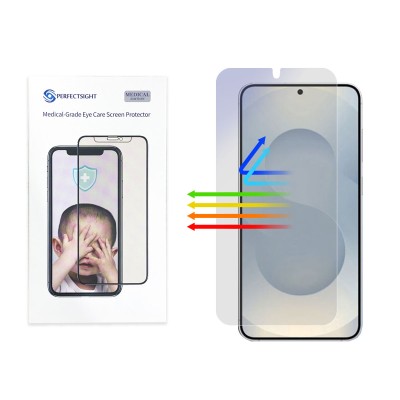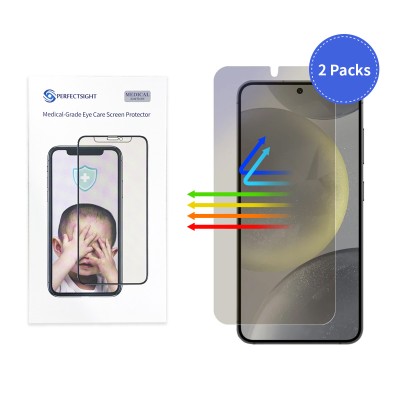Anti-Glare Screen Protector vs. Anti-Reflective Screen Protector
In the world of display technology, two terms often pop up: anti-glare (AG) and anti-reflective (AR). They’re both aimed at improving visibility, but they achieve it in different ways and are suited to different use cases. This post breaks down their distinctions, highlights what they share, and distills a takeaway from Apple’s iPhone 17 “AR screen” approach.
What is Anti-Glare (AG) Screen Protector?
Definition & Principle:
Anti-glare coatings are surface treatments that typically incorporate diffusing particles or micro-etching to scatter reflected light. This diffusion reduces the coherence of reflections, lowering glare and improving readability in bright environments.
Visual Outcome:
The image behind the glass often appears softer or slightly hazier due to diffusion, with potential loss of sharpness and some texture/grain.
Ideal Use Cases:
Outdoor displays or bright indoor areas.
Environments where strong illumination is unavoidable and readability is paramount.
Key Trade-offs:
Pros: Improves legibility under glare, reduces mirror-like reflections.
Cons: Possible image softening, reduced detail in dim lighting environments.
What is Anti-Reflective (AR) Screen Protector?
Definition & Principle:
Anti-reflective coatings use thin-film interference to cancel reflections. By depositing multilayer screen protector, AR coatings minimize reflected light through destructive interference, enhancing transmitted light and color fidelity.
Visual Outcome:
Reflections are dramatically reduced, yielding clearer images and truer colors, often with a more “glassy” but glare-free appearance.
Ideal Use Cases:
Photography lenses, microscopes, high-end displays, smartphones and tablets.
Scenarios where high optical clarity and accurate color are essential.
Key Trade-offs:
Pros: Superior brightness transmission, improved contrast, reduced eye fatigue.
Cons: Coating durability considerations (scratches, edge wear), potential cost and manufacturing complexity.
Similarities
Shared Goals:
Both aim to improve visibility and readability by reducing unwanted light reflections.
Both rely on surface treatments or thin-film technologies to optimize light management.
Light Management Trade-offs:
Each technique balances glare reduction against potential impacts on sharpness, color, or durability.
Selection depends on typical lighting conditions and content needs (text vs. imagery, static vs. dynamic scenes).
Influence on User Experience:
Both affect perceived contrast, color accuracy, and viewing comfort.
The right choice can reduce eye strain in prolonged viewing scenarios.
Differences
Core Mechanism:
AG: Diffusion to reduce coherence of reflections (scattering).
AR: Interference to cancel reflections (destructive interference).
Impact on Image Quality:
AG: may soften details due to diffusion.
AR: tends to preserve or enhance sharpness and color fidelity.
Best Environments:
AG: Bright, high-glare settings; readability is the priority.
AR: Environments requiring high transparency and color accuracy; photography/precision work.
-400x400.jpg)
